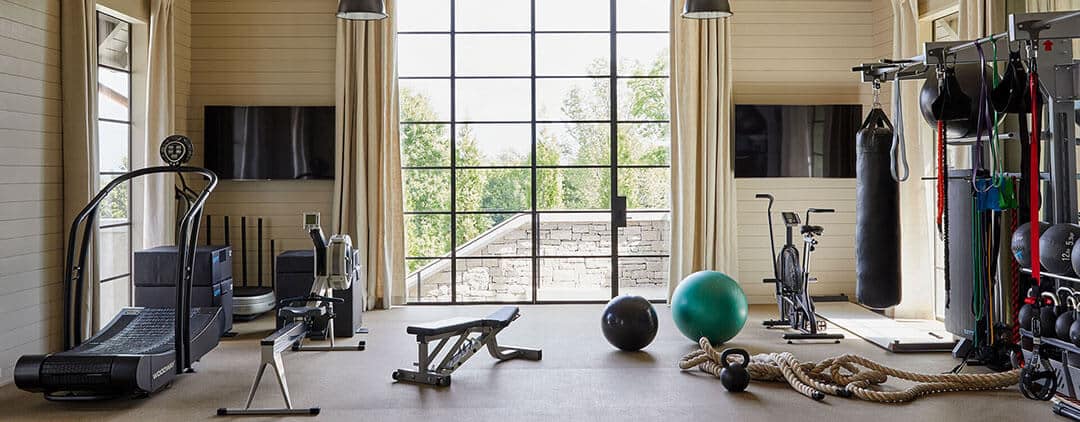Dumbbell exercises are a cornerstone of many strength training programs, offering versatility and the ability to target various muscle groups effectively. However, the question remains: how often should you include dumbbell curls, shrugs, bench press, and other dumbbell exercises in your routine? This article explores the optimal frequency for incorporating these exercises to ensure you’re getting the most out of your workouts without risking overtraining.
Understanding Exercise Specifics
Each dumbbell exercise has its own set of demands on the body. Dumbbell curls primarily target the biceps, shrugs work the traps, and bench presses engage the chest, triceps, and shoulders. Recognizing these differences helps in structuring a balanced workout schedule that avoids overworking any single muscle group.
Aligning with Fitness Goals
Your fitness goals should dictate how frequently you perform these exercises. For muscle growth, spacing workouts to allow for 48-72 hours of recovery between similar exercises can optimize muscle repair and growth. Strength-focused individuals might benefit from less frequent but more intense sessions, allowing for full recovery and adaptation. Endurance goals might involve higher frequency but lower intensity sessions.
Personalizing Your Workout Plan
Beginners should start with lower frequencies (1-2 times per week) to allow for adaptation and prevent injury. Intermediate and advanced lifters can increase frequency (2-3 times per week) as their bodies are more accustomed to the stress. Always listen to your body and adjust the frequency based on how you feel and your recovery rate.
Emphasizing Recovery
Adequate recovery is as important as the workout itself. Incorporating rest days and ensuring proper nutrition and sleep can significantly enhance recovery and reduce the risk of overtraining. Using active recovery methods like light cardio or stretching can also aid in muscle recovery and flexibility.
In conclusion, the frequency of performing dumbbell curls, shrugs, bench press, and other dumbbell exercises should be tailored to your fitness goals, personal level, and recovery needs. By striking the right balance, you can create a workout regimen that supports your progress without leading to burnout or injury. Remember, consistency and patience are key to achieving lasting results in your fitness journey.

